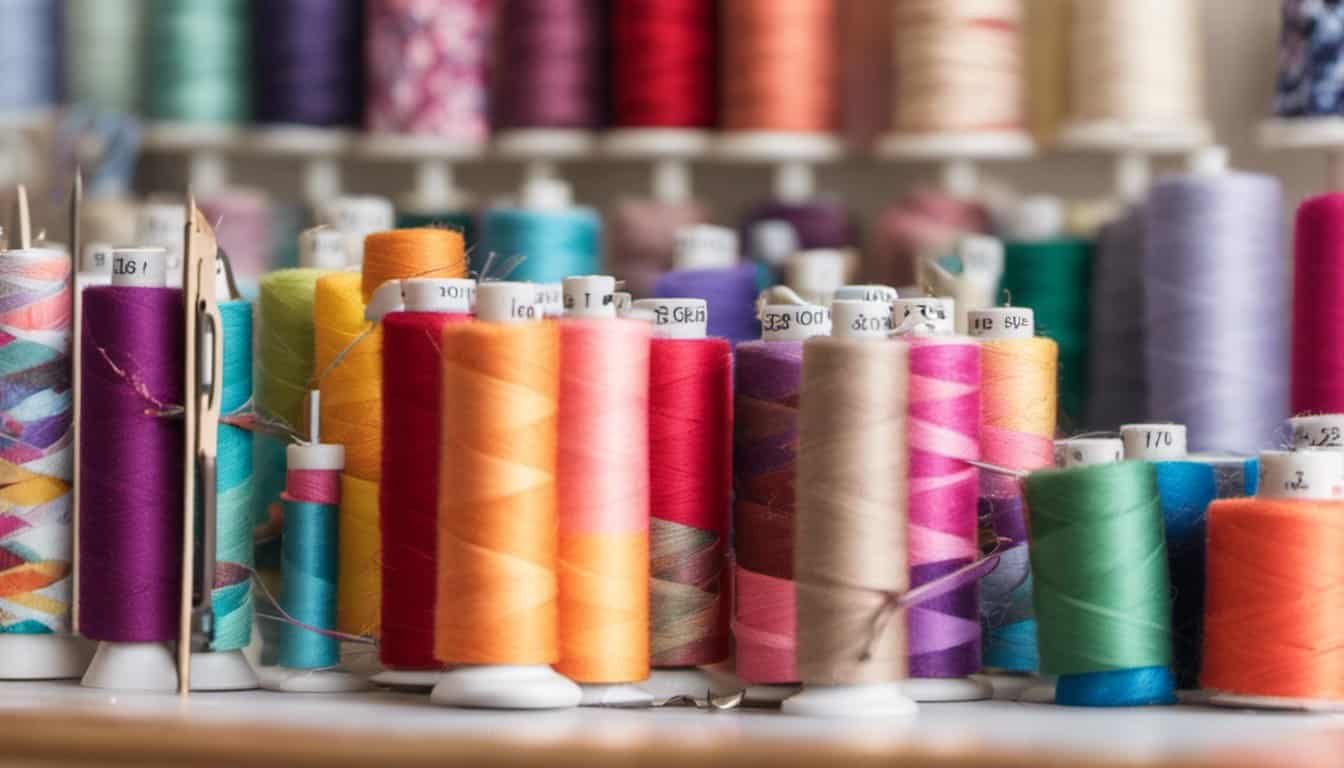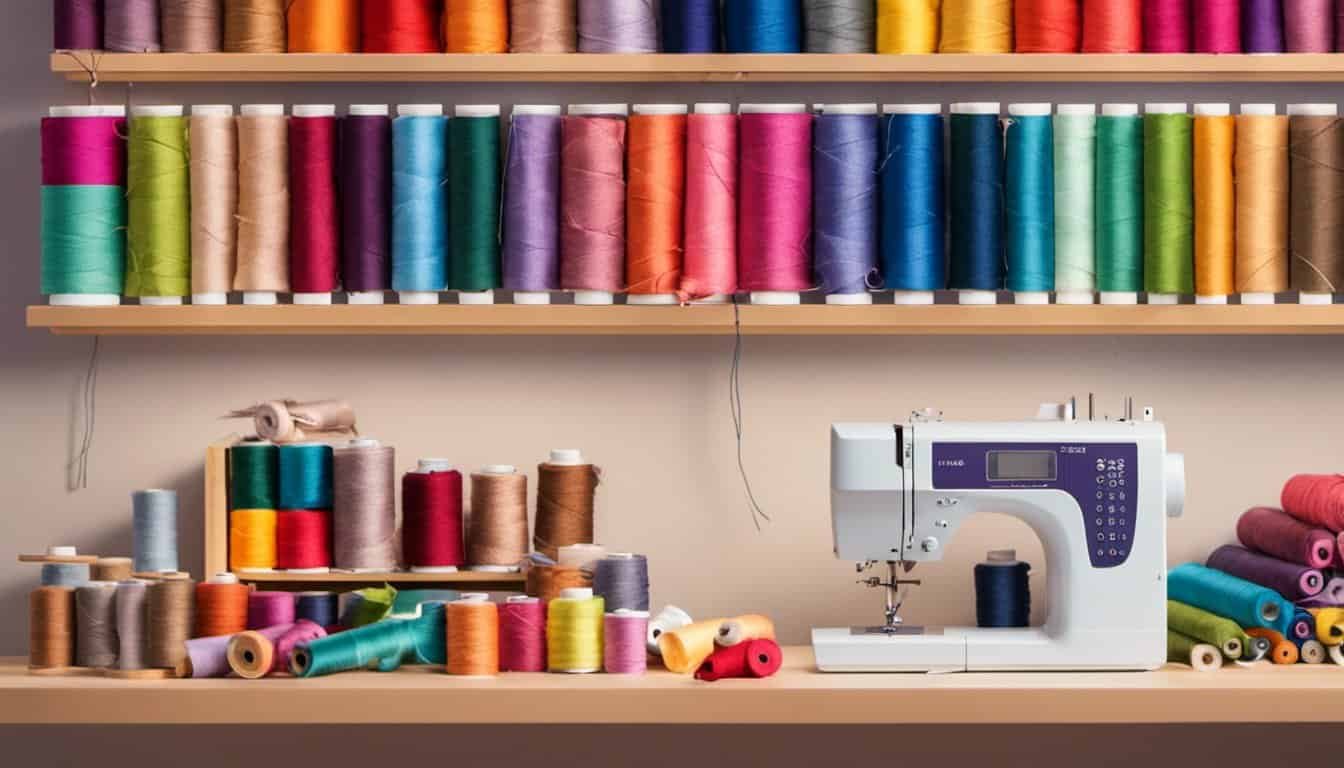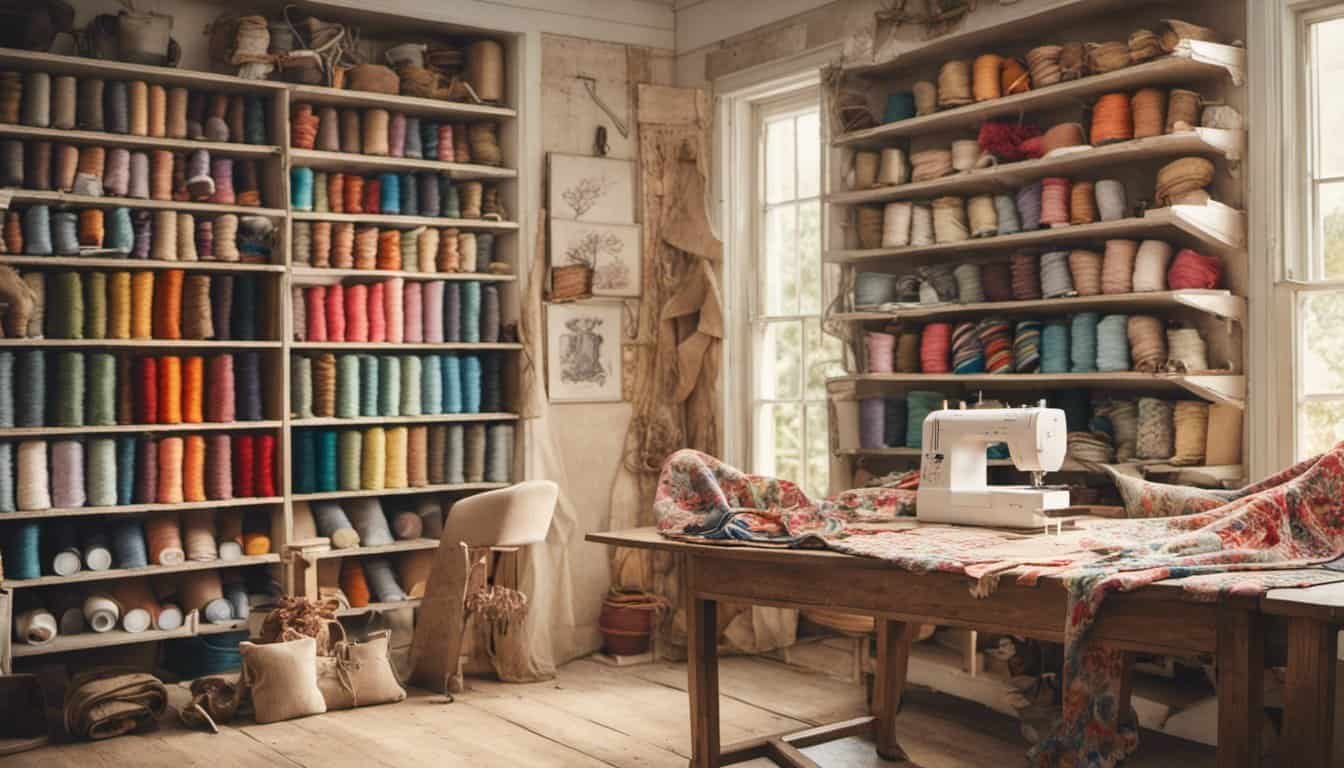I’ve always been curious about the little thimble in my sewing kit. It might seem simple, but this small tool plays a crucial role in every stitch. Whether you’re a seasoned seamstress or just starting out, understanding what a thimble is and how to use it can make your crafting experience smoother.
In this article, I’ll walk you through the basics of thimbles, their different types, and some handy tips to get the most out of this essential accessory. Let’s dive into the world of thimbles and discover why they’re a must-have for any sewing enthusiast.
What Is a Thimble
A thimble is a small protective device worn on the finger during sewing. It shields the fingertip from needle pricks and enhances pushing force for threading needles. Thimbles come in various materials, each offering unique benefits:
- Metal Thimbles: Durable and provide excellent protection. They feature a closed dome shape and a sleek metallic finish.
- Plastic Thimbles: Lightweight and affordable. Available in multiple colors and designs, making them suitable for different preferences.
- Leather Thimbles: Offer flexibility and comfort. Ideal for extended sewing sessions due to their soft texture.
Thimbles are available in different sizes to accommodate various finger dimensions, ensuring a snug and secure fit. Choosing the right thimble improves sewing efficiency and enhances overall comfort during crafting projects.
History Of Thimbles
Thimbles trace their origins back to ancient civilizations. The earliest known thimbles date to around 335 AD, discovered in a Roman tomb. These early versions were made from metal, offering protection during needlework.
During the Middle Ages, thimbles became more widespread in Europe. Artisans crafted them from various materials, including silver and gold, often decorating them with intricate designs. Thimbles symbolized craftsmanship and were sometimes given as valuable gifts.
In the 16th century, thimbles evolved in both form and function. Innovations included adjustable designs to fit different finger sizes and the introduction of materials like leather and porcelain. These changes made thimbles more accessible to a broader population.
The Industrial Revolution brought mass production to thimbles. Factories produced them in large quantities, reducing costs and increasing availability. This period also saw the emergence of specialized thimbles for different types of sewing and crafting tasks.
Today, thimbles continue to be essential tools for sewers, embroiderers, and crafters. Modern designs incorporate durable plastics and ergonomic shapes, enhancing comfort and efficiency. While technology has advanced, the thimble remains a timeless accessory in the world of crafting.
Types Of Thimbles
Choosing the right thimble enhances your sewing experience. Here’s a breakdown of the different types available.
Material Variations
Thimbles come in various materials, each offering distinct benefits:
- Metal: Durable and long-lasting, metal thimbles provide excellent protection and precise needle control. They’re ideal for heavy-duty sewing tasks.
- Plastic: Lightweight and affordable, plastic thimbles are perfect for beginners and occasional use. They come in multiple colors and styles.
- Leather: Flexible and comfortable, leather thimbles conform to your finger’s shape. They offer a good balance between protection and dexterity.
- Silicone: Soft and cushioned, silicone thimbles reduce finger fatigue. They are easy to clean and suitable for extended sewing sessions.
Design Variations
- Traditional Dome: The classic rounded shape provides ample protection and is suitable for general sewing tasks.
- Flat-Top: Offers a larger surface area for pushing needles through tough fabrics, enhancing precision.
- Adjustable: Features adjustable bands or straps to fit different finger sizes, ensuring comfort and security.
- Ergonomic: Designed with finger contours and grip enhancements to reduce strain and improve control during intricate work.
- Decorative: Adorned with patterns, gemstones, or engravings, these thimbles add a touch of style to your sewing kit while maintaining functionality.
How To Use a Thimble
Using a thimble enhances precision and protects your fingers during various tasks. Here’s how I incorporate a thimble into different activities:
Sewing Techniques
When sewing, a thimble safeguards my finger from needle pricks and improves control. I follow these steps:
- Threading the Needle: Slide the needle through the fabric while holding it firmly. If the fabric is thick, the thimble helps push the needle smoothly.
- Stitching: Use the thimble to press the needle through multiple layers, ensuring consistent stitches. This technique reduces finger fatigue during long projects.
- Embroidery: For intricate designs, a thimble provides the necessary pressure to guide the needle accurately, resulting in detailed and precise embroidery work.
- Basting and Quilting: When basting seams or quilting layers, the thimble allows me to push needles through thick materials without discomfort, maintaining the alignment of layers.
Gardening Applications
A thimble isn’t limited to crafting; it serves practical purposes in gardening:

- Planting Seeds: Protect my fingers while inserting small seeds into tight spaces. The thimble shields against accidental punctures from sharp tools.
- Pruning: Use the thimble as a grip enhancer when trimming delicate plants. It provides better control and reduces the risk of slipping.
- Potting Plants: When handling small pots or seedlings, the thimble safeguards my fingers from potential scratches and offers a firm hold on slippery surfaces.
- Harvesting: During harvest, the thimble helps in picking fruits or vegetables with precision, preventing injuries from thorns or rough stems.
By integrating a thimble into both sewing and gardening, I achieve greater efficiency and safety in my daily tasks.
Choosing The Right Thimble
Selecting the perfect thimble enhances both comfort and efficiency in your sewing projects. It’s essential to consider size and material to find the best fit for your needs.
Size And Fit
A well-fitted thimble prevents discomfort and ensures effective protection. Measure your finger’s circumference and length to determine the right size. If the thimble feels too tight, it may restrict movement, while a loose fit can reduce protection. I recommend trying on different sizes to find one that snugly fits your finger without causing strain.
Material Considerations
Choosing the right material impacts durability and comfort. Metal thimbles offer long-lasting protection and support for heavy-duty tasks. Plastic thimbles are lightweight and affordable, making them ideal for beginners. Leather thimbles provide flexibility and a comfortable feel, suitable for extended sewing sessions. Silicone thimbles are soft, easy to clean, and perfect for those who prefer a gentle touch. Consider your sewing habits and preferences to select a material that complements your crafting style.
Care And Maintenance
Maintaining your thimble ensures it stays functional and comfortable for every sewing session. Here’s how I keep my thimbles in top shape:
Cleaning Your Thimble
« Unlock the Secrets: How to Sew a Placket for Shirt Openings Like a Pro
Unlock What Is Basting and How to Do It: Ultimate Tips for Perfect Results »
Regular cleaning prevents buildup of dirt and oils. For metal thimbles, I use warm soapy water and a soft brush to remove debris, then dry them thoroughly to prevent rust. Plastic thimbles get a gentle scrub with dish soap and water, avoiding harsh chemicals that might cause discoloration. Leather thimbles require wiping with a damp cloth and applying a leather conditioner to keep the material supple. For silicone thimbles, I simply rinse them under warm water and use mild soap for any stubborn stains.
Storage Tips
Proper storage extends the life of your thimble. I store my thimbles in a dedicated container or a small sewing kit to prevent them from getting lost or damaged. Keeping them separate by type—metal, plastic, leather, silicone—helps me easily find the right one for each project. Avoiding exposure to extreme temperatures and direct sunlight also protects the materials from warping or fading.
Handling and Usage
Using your thimble correctly minimizes wear and tear. I always choose a thimble that fits snugly on my finger to reduce unnecessary strain. Rotating between different thimbles during long projects prevents any single one from wearing out too quickly. Additionally, I avoid using thimbles on multiple fingers, which can cause uneven stress and damage.
Repairing Minor Damages
Sometimes, thimbles may need minor repairs. For leather thimbles, stitching loose seams or applying a leather glue can restore their integrity. Metal thimbles with minor dents can be gently hammered back into shape using a soft surface to avoid further damage. If a plastic thimble cracks, I replace it to maintain safety and functionality. Keeping a small repair kit handy helps me address issues promptly and keep sewing uninterrupted.
Regular Inspection
Periodic checks ensure your thimble remains in good condition. I inspect my thimbles for signs of wear, such as cracks, rust, or loose parts. Addressing these issues early prevents them from worsening and ensures your thimble continues to protect your fingers effectively. By staying proactive with maintenance, my thimbles remain reliable tools in all my crafting endeavors.

Conclusion
Using a thimble has truly transformed my sewing sessions. It not only protects my fingers but also gives me the control I need for precise stitching. Whether I’m working on a simple hem or an intricate embroidery, the right thimble makes all the difference.
Choosing the perfect thimble took a bit of trial and error, but finding one that fits comfortably has made my projects much more enjoyable. I love how different materials offer unique benefits, allowing me to switch based on what I’m working on.
Taking care of my thimble ensures it stays in great shape for every project. It’s a small tool that has had a big impact on my crafting routine. If you haven’t tried using a thimble yet, give it a go and see how it can enhance your sewing experience.
Happy crafting!


















